As fibre optic cables developed in the late seventies and early eighties, defence equipment manufacturers in the USA and Europe looked at using them for non-emitting missile guidance, resulting in the EFOG-M and Polyphem missiles, and some others.
Although each would explore replacing traditional wire guidance with fibre optic cables, none would enter service, although some programmes outside EFOG-M and Polyphem, would.
FOG-M to EFOG-M
Following work on using fibre optic cables for tethered drones in the mid-seventies, the US Army Missile Command (MICOM) started work on fibre optic guidance technology in 1982, resulting in the Fibre Optic Guided Missile (FOG-M).
Because it was an initial technology development project, no approved requirement or user was defined during these initial stages, but it was originally envisaged as an anti-armour weapon.
As the development progressed, it coalesced around two requirements, the Anti Armour Weapon System Heavy (AAWS-H), which would replace the TOW missile, and the Forward Area Air Defence System (FAADS) requirement. This followed the cancellation of the Sgt York air defence vehicle, DIVAD.
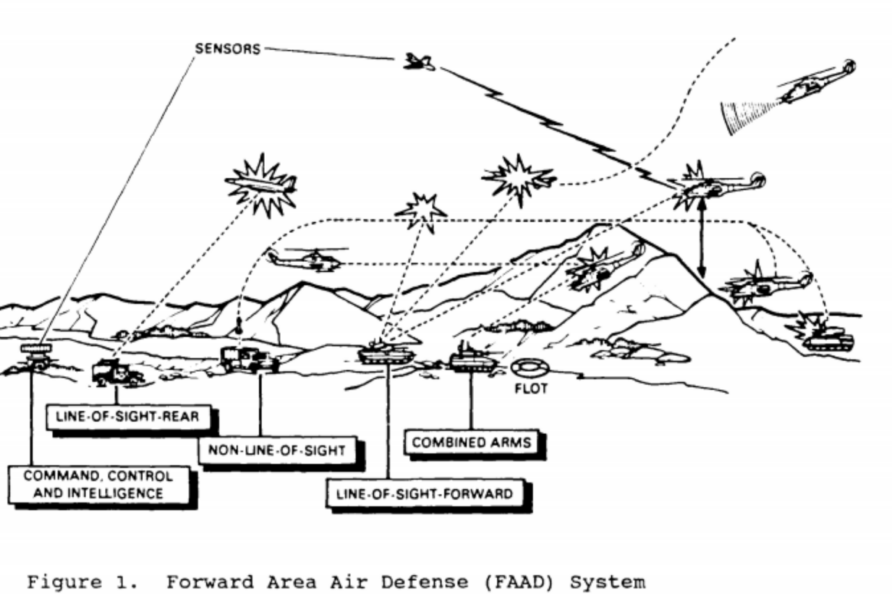
FOG-M was therefore designed to meet both requirements, destroying low-flying enemy helicopters that might be using terrain masking and armoured vehicles, with a single multipurpose missile.
As can be seen from the image below, FOG-M was based on a modified TOW Missile.
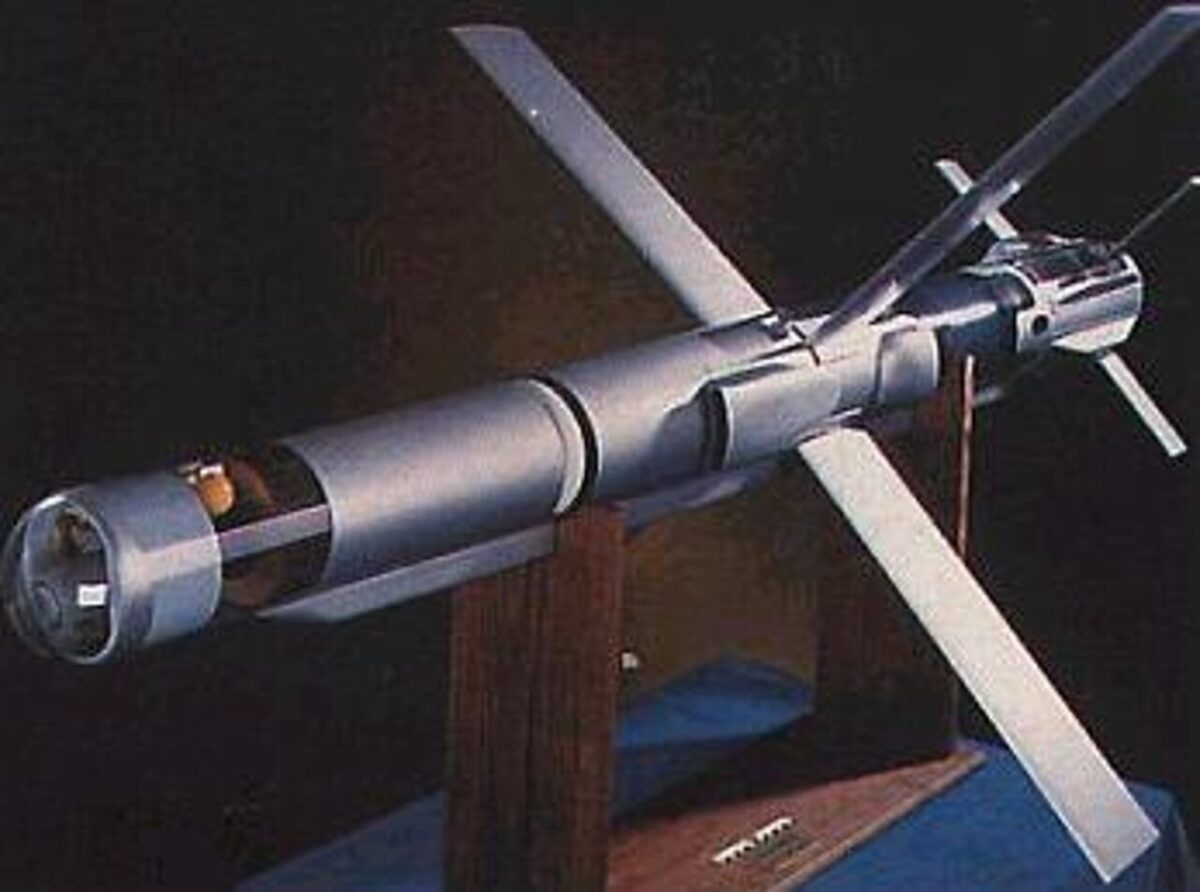
After the usual rounds of Congressional involvement and programme definition, a development contract worth $131m was awarded to Boeing and Hughes in 1988 to advance the initial work done by MICOM.
Procurement of 258 Heavy Fire Units (M993 MLRS), each with 24 missiles, and 118 Light Fire Units (HMMWV), each with six missiles, was planned, both using a vertical launch assembly for the missile.
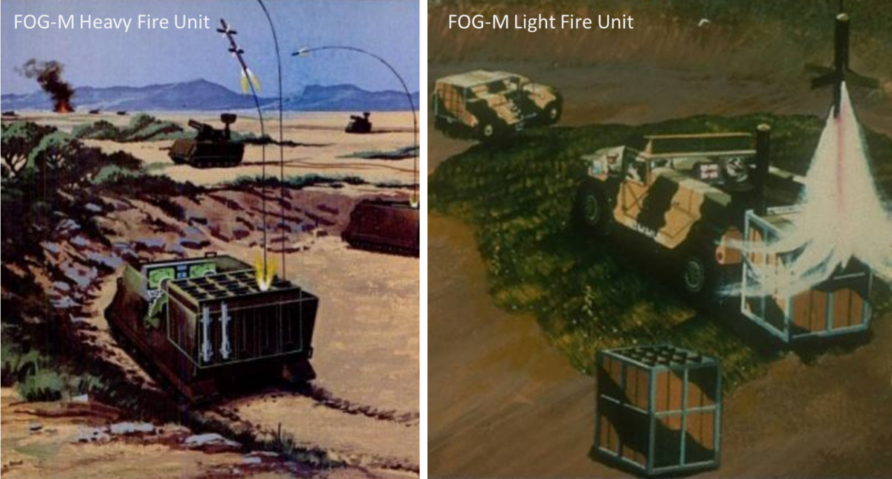
The intent was to develop two versions, one with a high-definition TV camera, and a more developed version with an imaging infra-red sensor.
The FOG-M programme was defunded in 1990 but resurrected a couple of years later under the NLOS (Combined Arms) programme, part of the Rapid Force Projection Initiative Advanced Concept Technology Demonstration (RFPI ACTD).
FOG-M became NLOS (FOG-M), although still aligned with the Forward Area Air Defense programme.
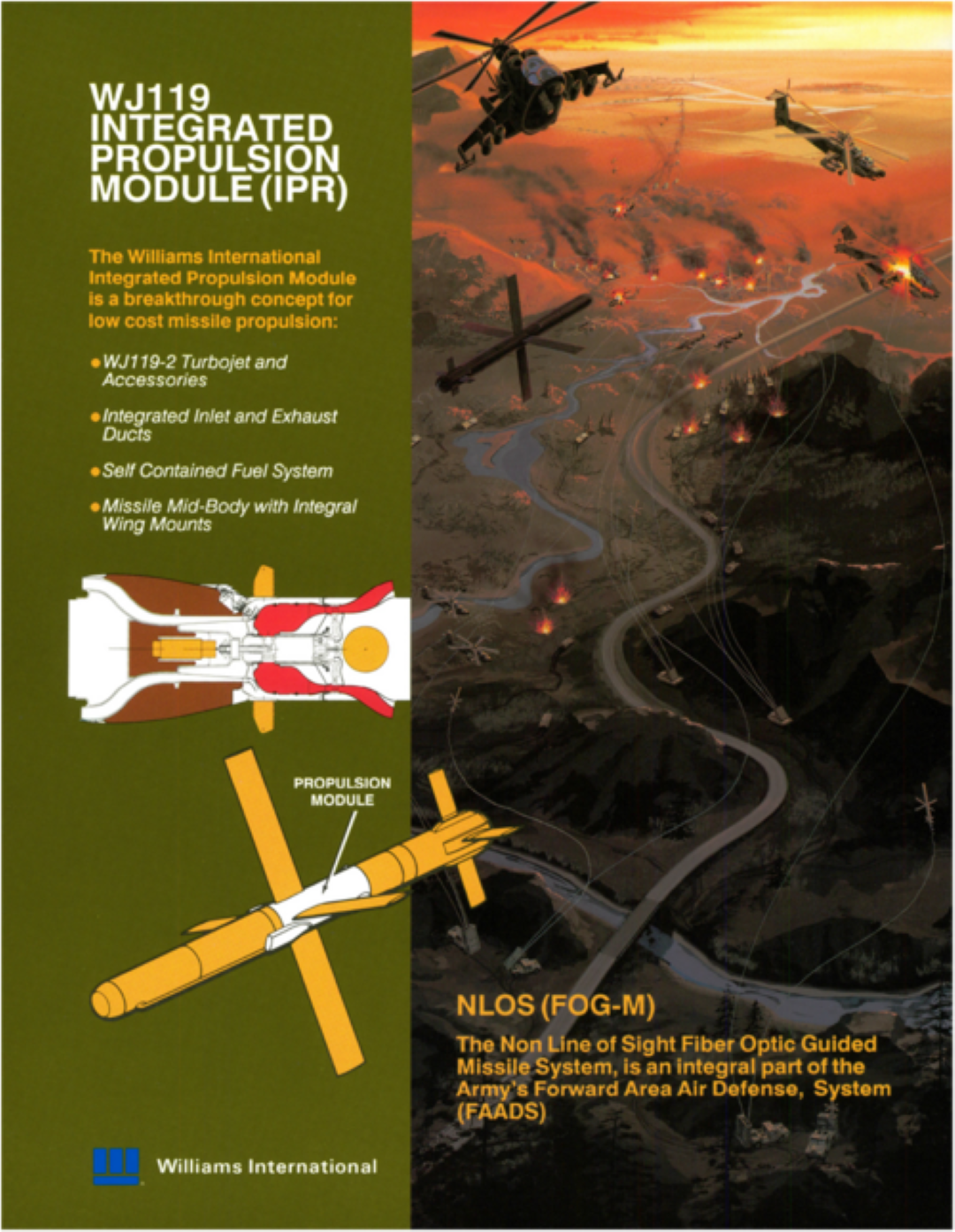
NLOS(FOG-M) retained both the Heavy Fire Unit and Light Fire Unit.
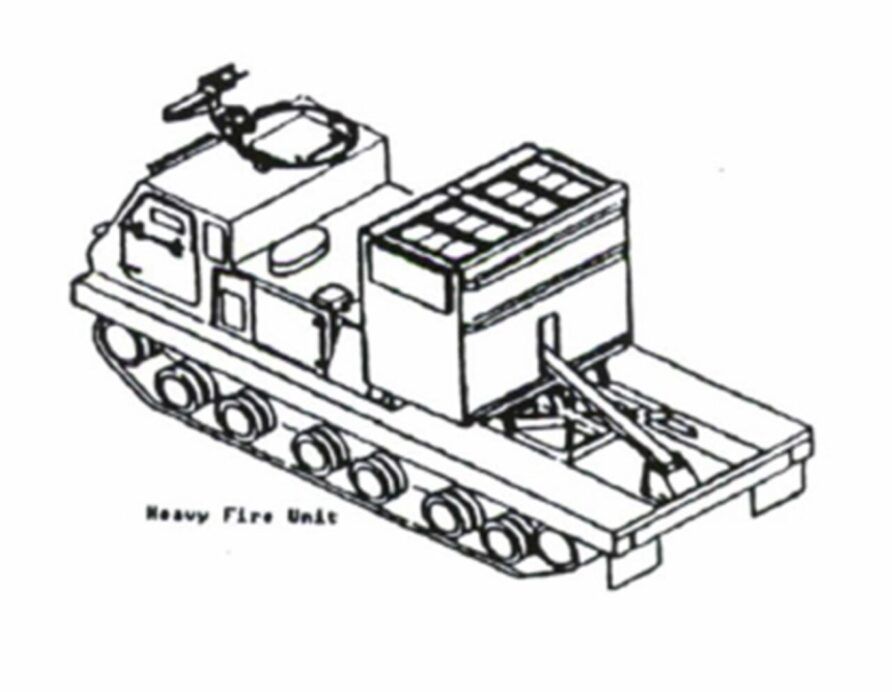
In 1994, the US Army awarded a $40 million six-year advanced technology demonstrator programme contract to Raytheon, to develop an Enhanced Fibre (Fiber) Optic Guided Missile (EFOG-M).
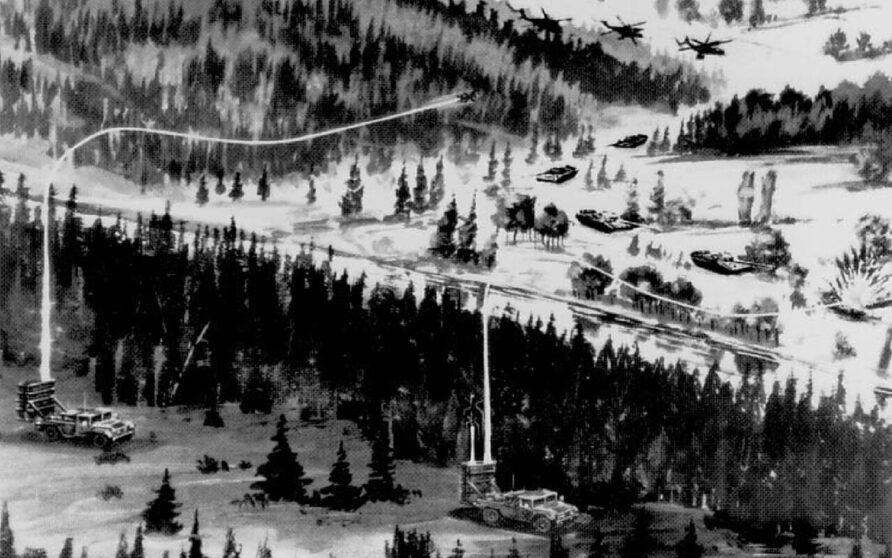
A proposed turbojet-powered variant of EFOG-M called Tele Operated Precision Kill and Targeting (TOPKAT) extended the range to 30 km, related to the NLOS (FOG-M), although this did not make any progress.
Whilst EFOG-M was in development, another missile was proposed in parallel, the Army Aviation and Missile Command Multi-mode Airframe Technology (AMCOM MAT), originally called LONGFOG.
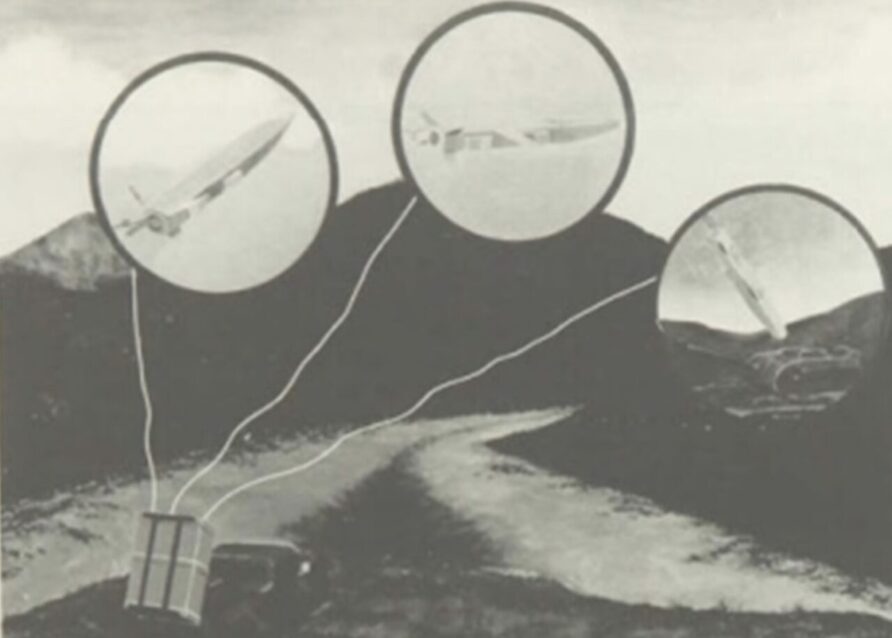
LONGFOG would extend the range to 100 km, with both IR and TV seekers.
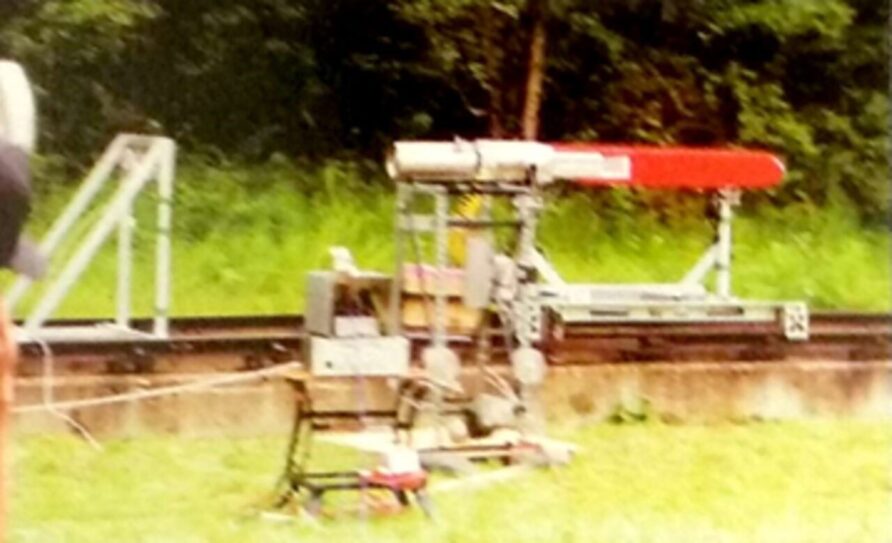
Another 30 km version called Precision Kill And Targeting (PKAT) was also suggested and replaced the fibre optic cable with a radio transmitter. PKAT was also intended to be fired from a standard MLRS canister.
The EFOG-M demonstration concluded in 2000 but did not progress to production, despite a series of successful trials with the 82nd Airborne Division.
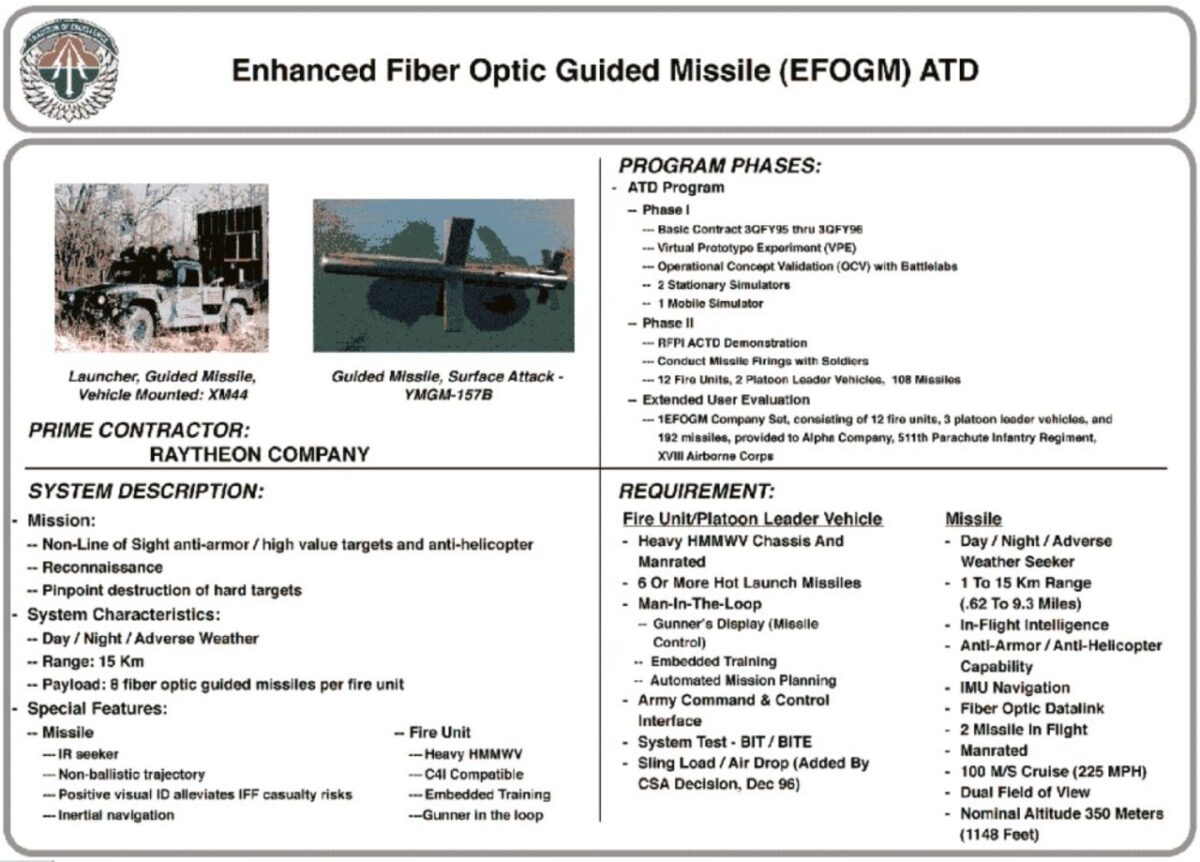
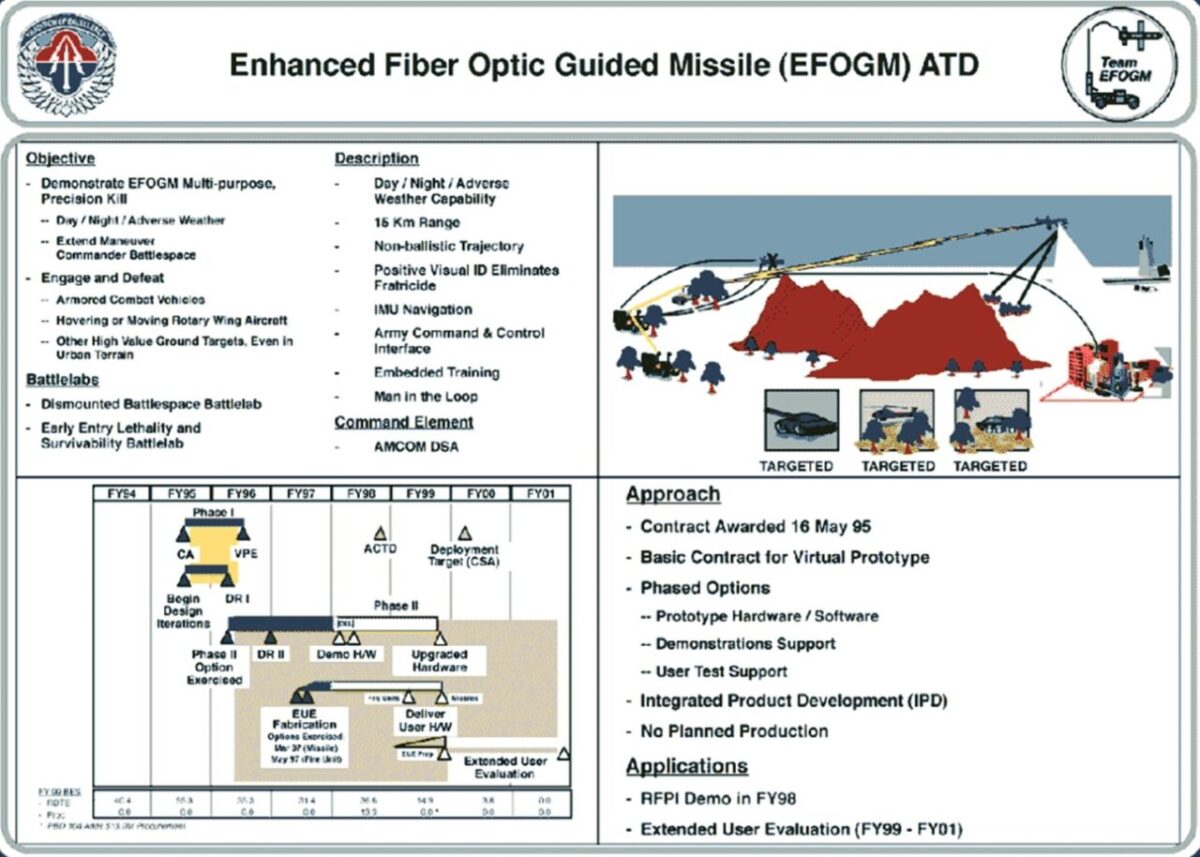
EFOG-M removed the requirement for MLRS launch unit, but a number of HMMWV configurations were developed.
The first was a single layer of 8 missiles in an elevating launcher.
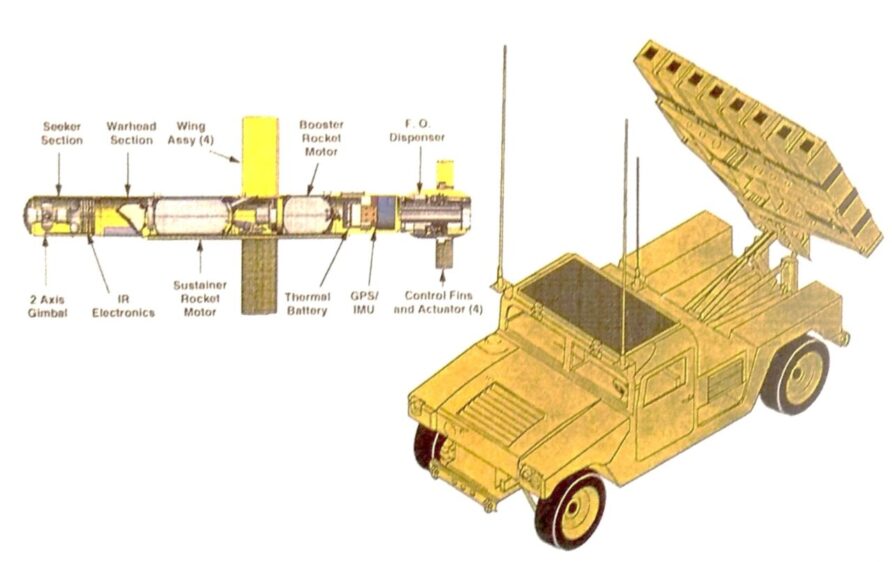
Then a single layer of 6 missiles
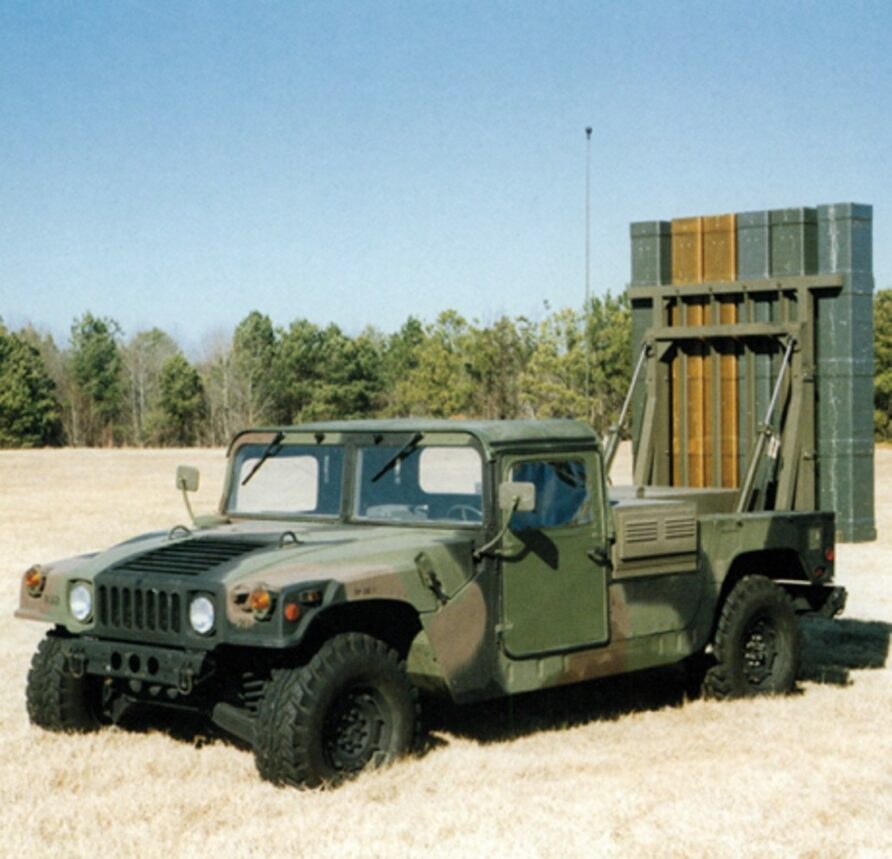
And finally, two layers of four missiles.
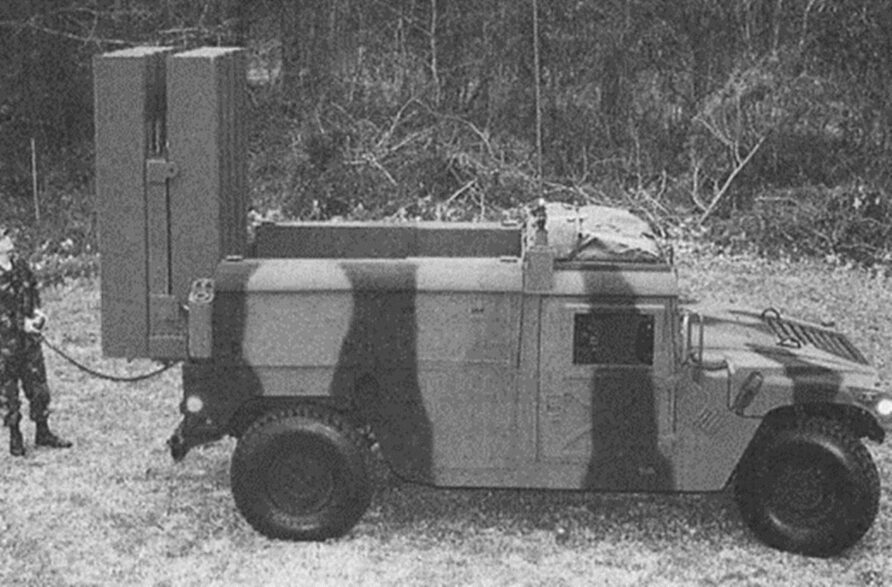
The 15 km range missiles would be launched in response to intelligence received from reconnaissance forces (or other capabilities), with the operator guiding the missile to the target. EFOG-M would be paired with the ADATS missile, being able to attack enemy helicopters using terrain masking, with ADATS for higher altitude targets.
Individual missiles were 1.94m long, with a diameter of 0.7m and a wingspan of 1.14m, weighing 51kg.
The loaded canister weighed 78.5 kg, after launch, the missile climbed to 300m, levelled off, and proceeded to the target area, following selected waypoints. The IR seeker could be used to both search and lock onto, moving or stationary targets.
Before reading on, would you mind if I brought this to your attention?
Think Defence is a hobby, a serious hobby, but a hobby nonetheless.
I want to avoid charging for content, but hosting fees, software subscriptions and other services add up, so to help me keep the show on the road, I ask that you support the site in any way you can. It is hugely appreciated.
Advertising
You might see Google adverts depending on where you are on the site, please click one if it interests you. I know they can be annoying, but they are the one thing that returns the most.
Make a Donation
Donations can be made at a third-party site called Ko_fi.

Think Defence Merch
Everything from a Brimstone sticker to a Bailey Bridge duvet cover, pop over to the Think Defence Merchandise Store at Red Bubble.
Some might be marked as ‘mature content’ because it is a firearm!
Affiliate Links
Amazon and the occasional product link might appear in the content, you know the drill, I get a small cut if you go on to make a purchase
Polyphem
Polyphem was similar to EFOG-M but with both a longer range and a larger warhead, the concept of operation was similar.
Work started in the early eighties under the direction of Messerschmitt-Bölkow-Bloom (MBB) and as industrial consolidation took place, the project continued through Daimler Benz Aerospace, and then in partnership with Aérospatiale.
The initial concept showed a truck-mounted version with a static command post
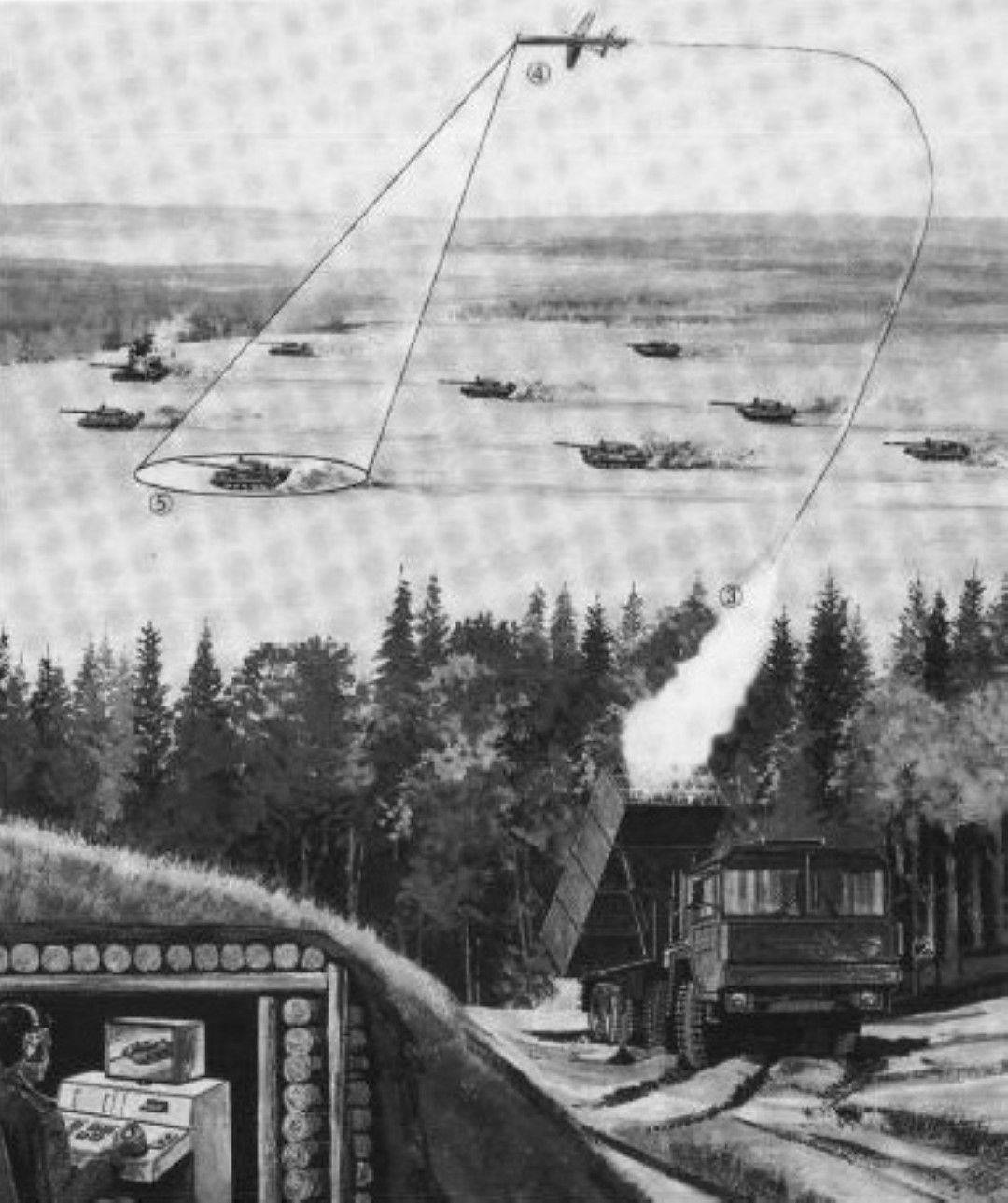
The FOM technology exchange agreement between France and Germany resulted in the Polyphem Demonstration Programme using a modified Aérospatiale AS12 Anti-Ship Missile.
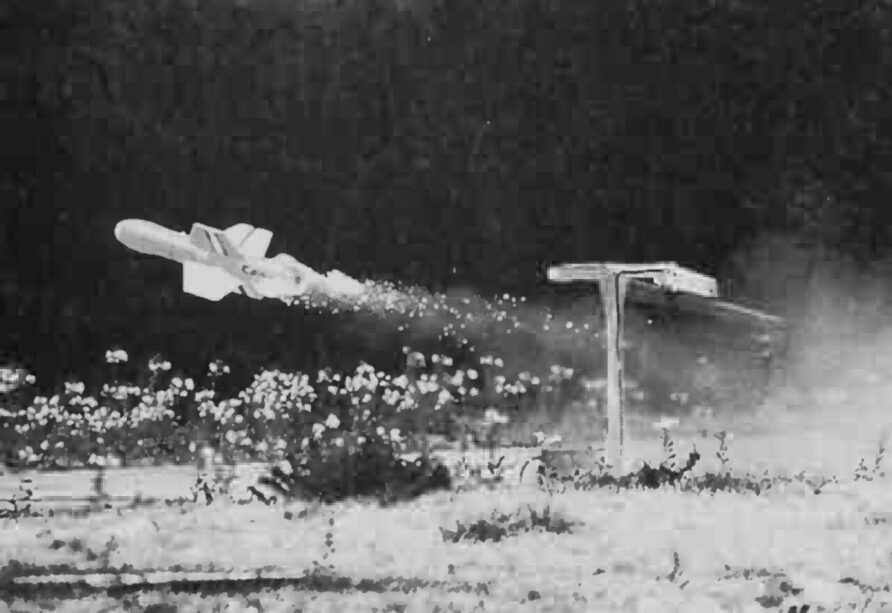
This initial work proved that the missile could be guided using the fibre optic system at ranges exceeding 7,000m.
A number of different-sized variants were proposed, for example, a lightweight version with a range of 10 km for light forces and helicopters (shown below with a Lohr Fardier towing vehicle) and a 25 km version that would require a large truck.
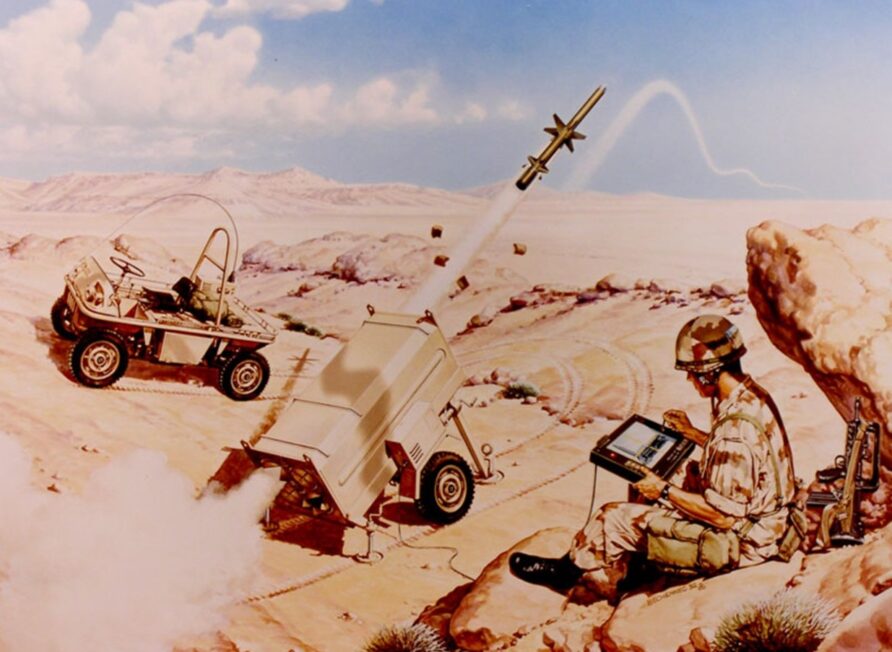

Success with this led to a more expansive programme, starting in 1991.
Italy (Italmissile) joined the programme in 1994, with the German Lenkflugkorpersystem GmbH (then part of Daimler Chrysler Aerospace)
The final form missile was of a single size and weighed 140 kg, carrying a 20 kg multipurpose warhead.
In addition to a rocket booster, it had a Teledyne/Williams turbojet, providing a range of 60 km.
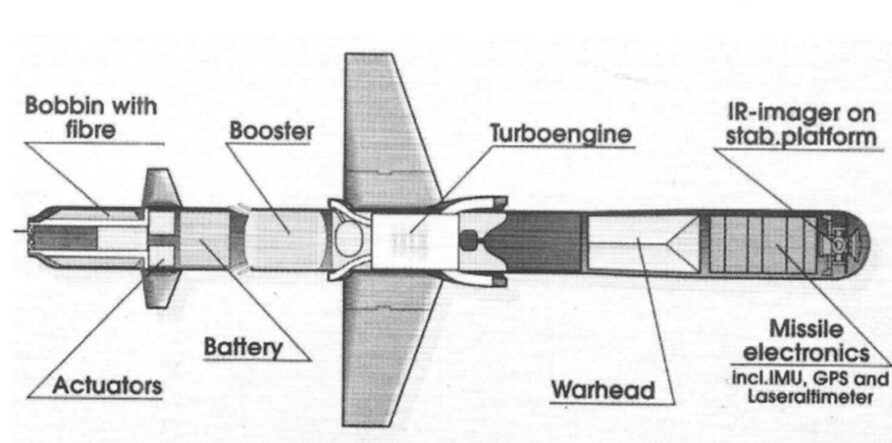
The Polyphem guidance system was quite sophisticated, it could, for example, initiate an automatic turn to ensure a target in cover was attacked from the rear, and once the operator selected a target, final homing was fully automatic.
The first firing took place in 1995.
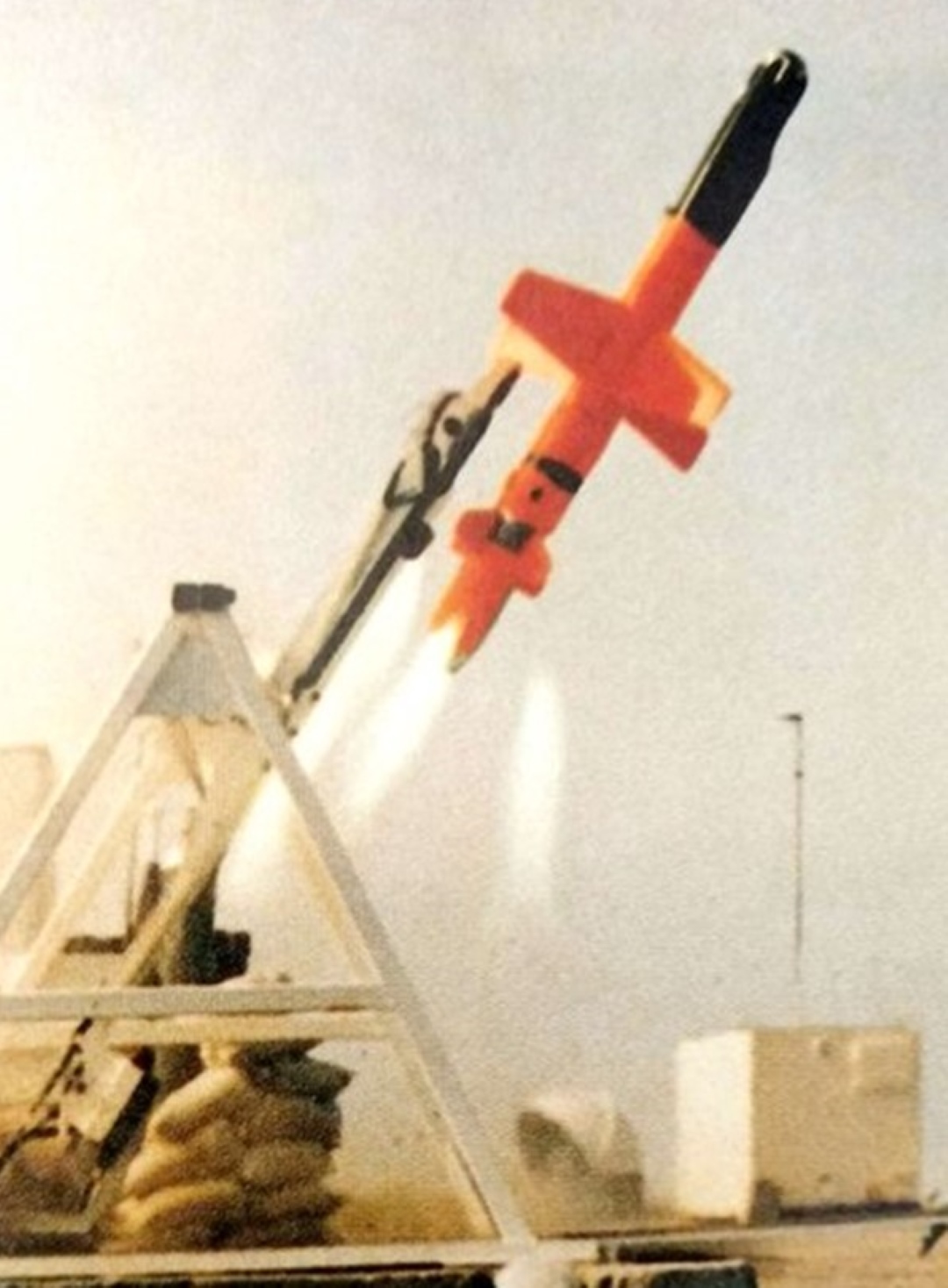
Concepts of operation and employment ran in parallel to the test firings, with a battery being envisaged as shown in the diagram below.
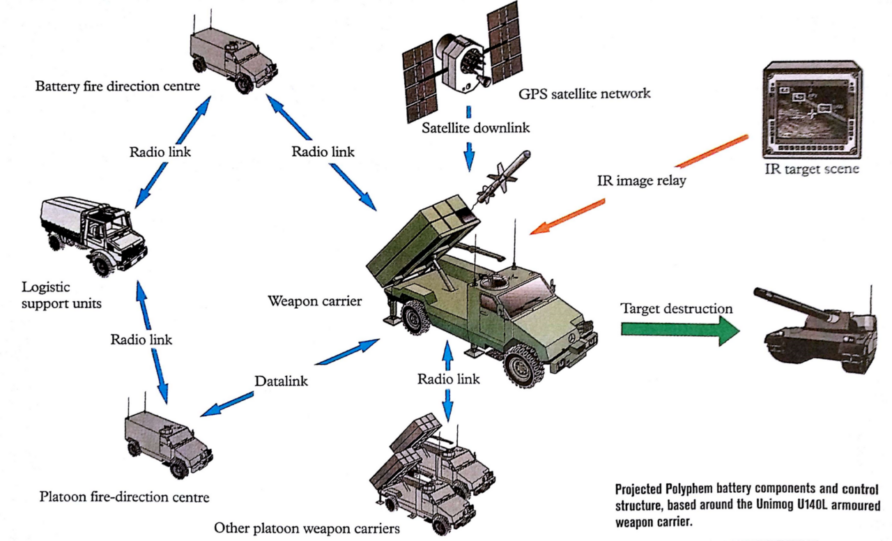
Mockups of the Unimog carrier vehicle were developed, shown below
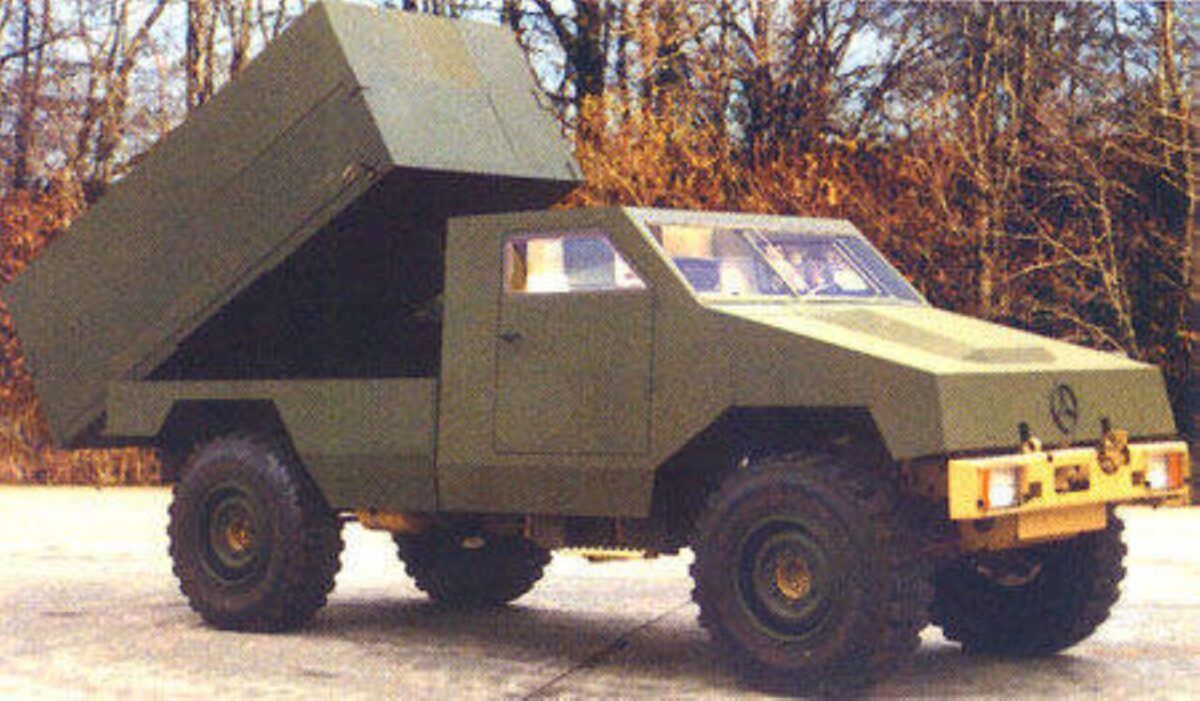
Further test firings were completed through the late nineties.
The launch sequence shown below illustrates the direction of the boost motor efflux that avoids damaging the cable as it spools out.
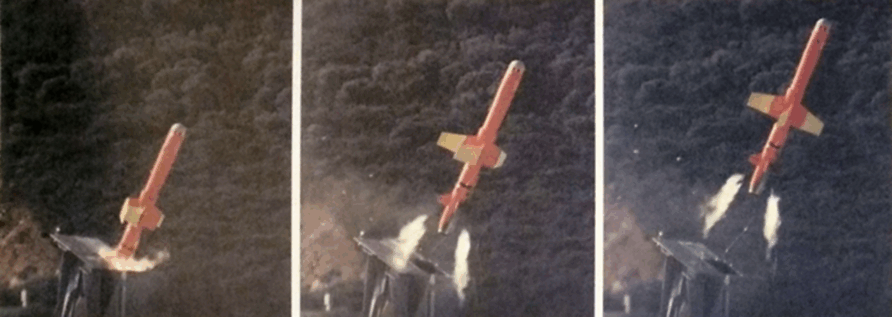
Successful tests were also completed against a range of static and moving targets.
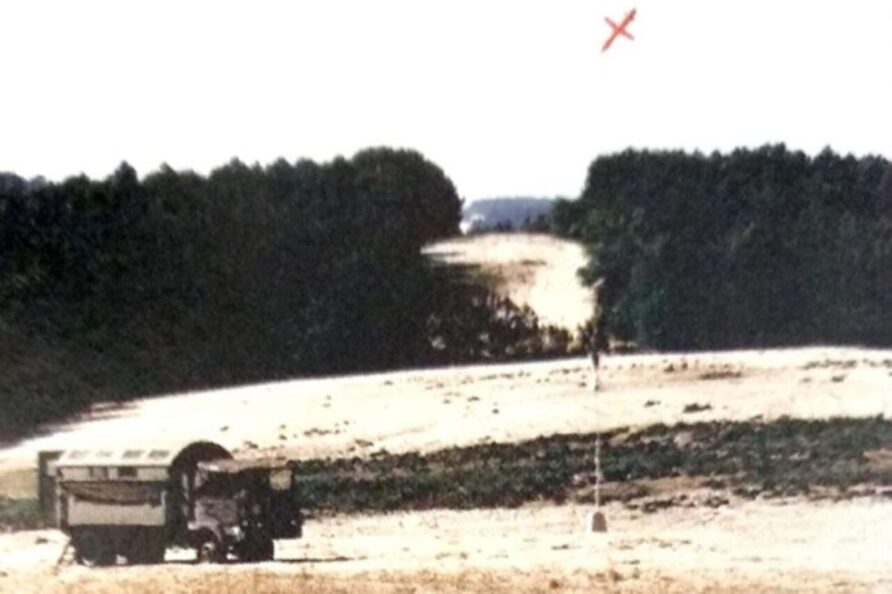
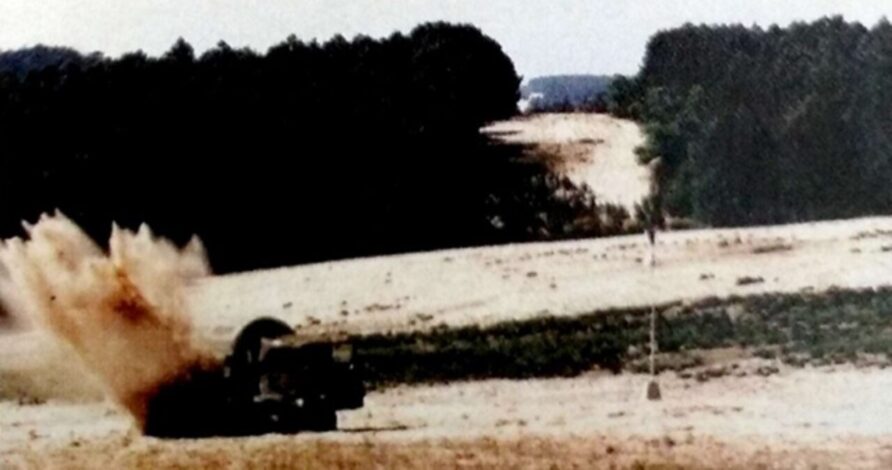
The British Army were observers on the programme and expressed some interest in purchasing the system to be launched from the MLRS vehicle in a programme called the Fibre Optic Missile System(FOMS).
The final Polyphem design had a different pop-out wing configuration.


The German Navy also became interested and proposed Polyphem-S as an anti-helicopter/small vessel missile that would arm its Type 212 submarines and some surface vessels, including the K130 Corvette.
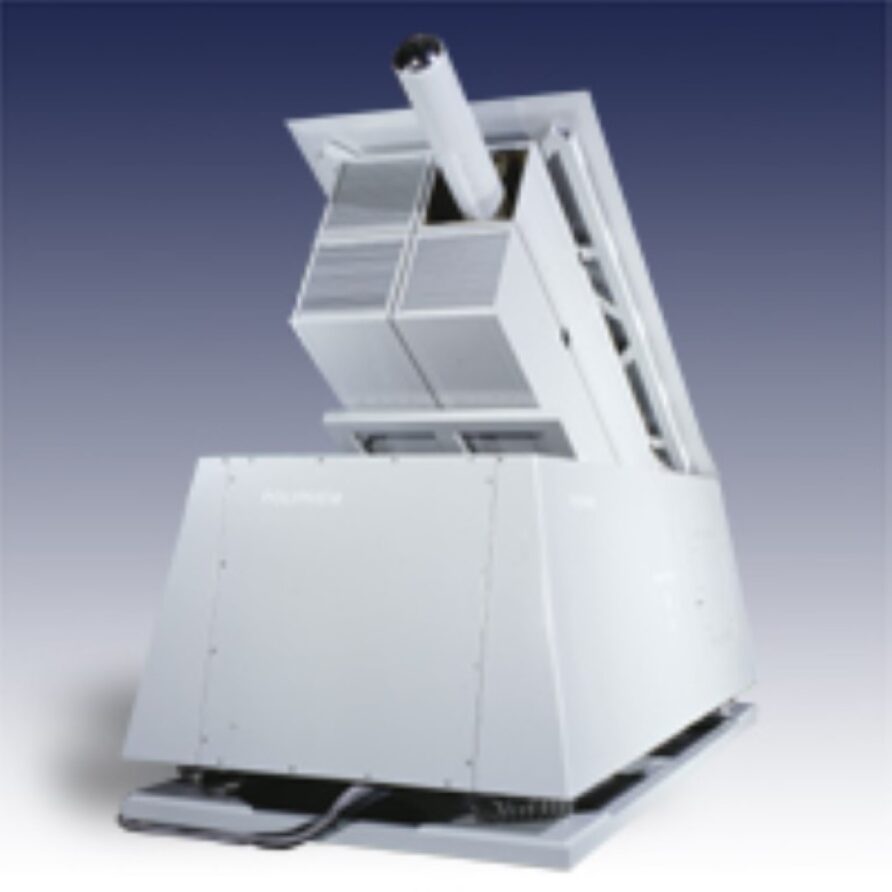
A canister and helicopter-launched version (to compete with Sea Skua) were also suggested.
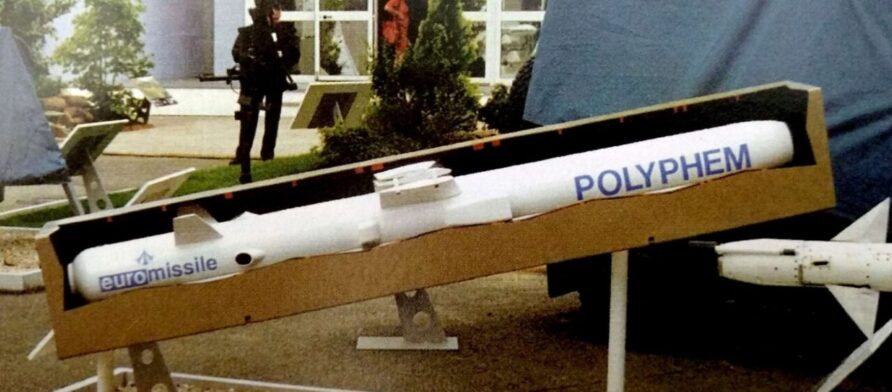
The naval version was moved to a separate programme called TRITON.
Other vehicle concepts were developed by Germany and Italy.
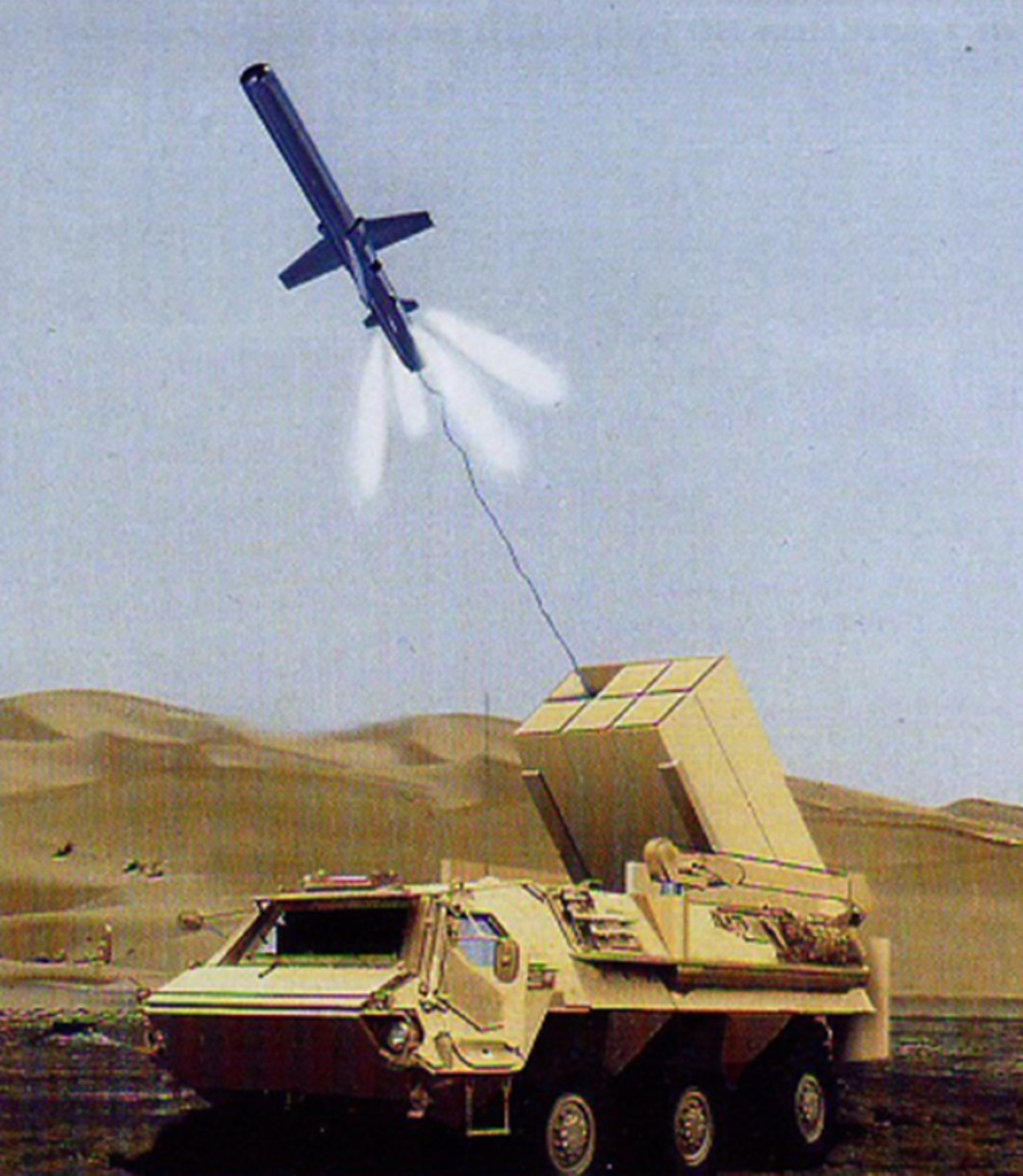
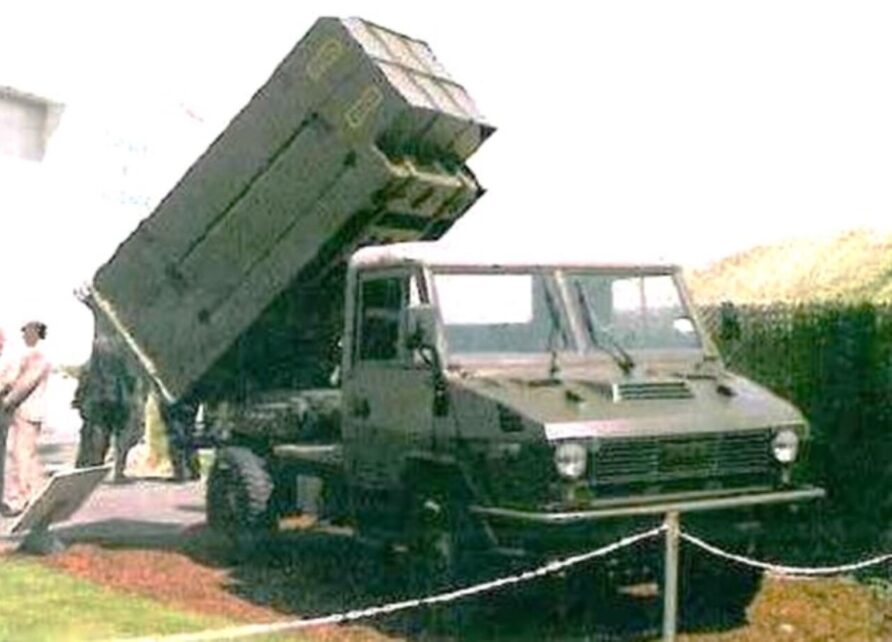
There was also a stealth version of Polyphem proposed/
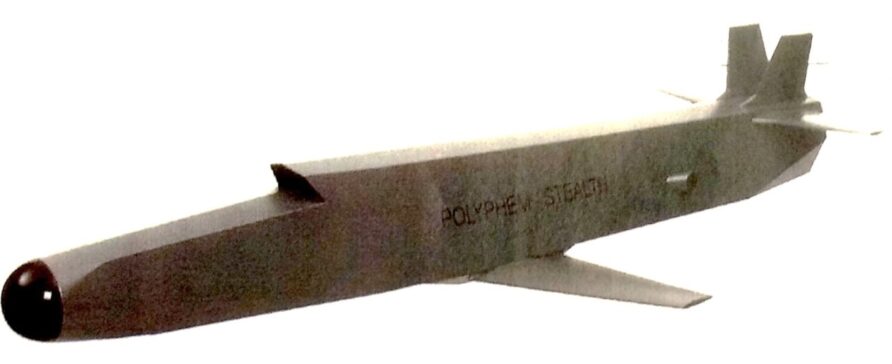
After concluding the demonstration programme in 2002, Polyphem, and TRITON, were cancelled in 2003.
Others
More recently, several manufacturers have persisted with the concept.
Avibras in Brazil developed the FOG-MP, another multipurpose fibre optic guided missile.
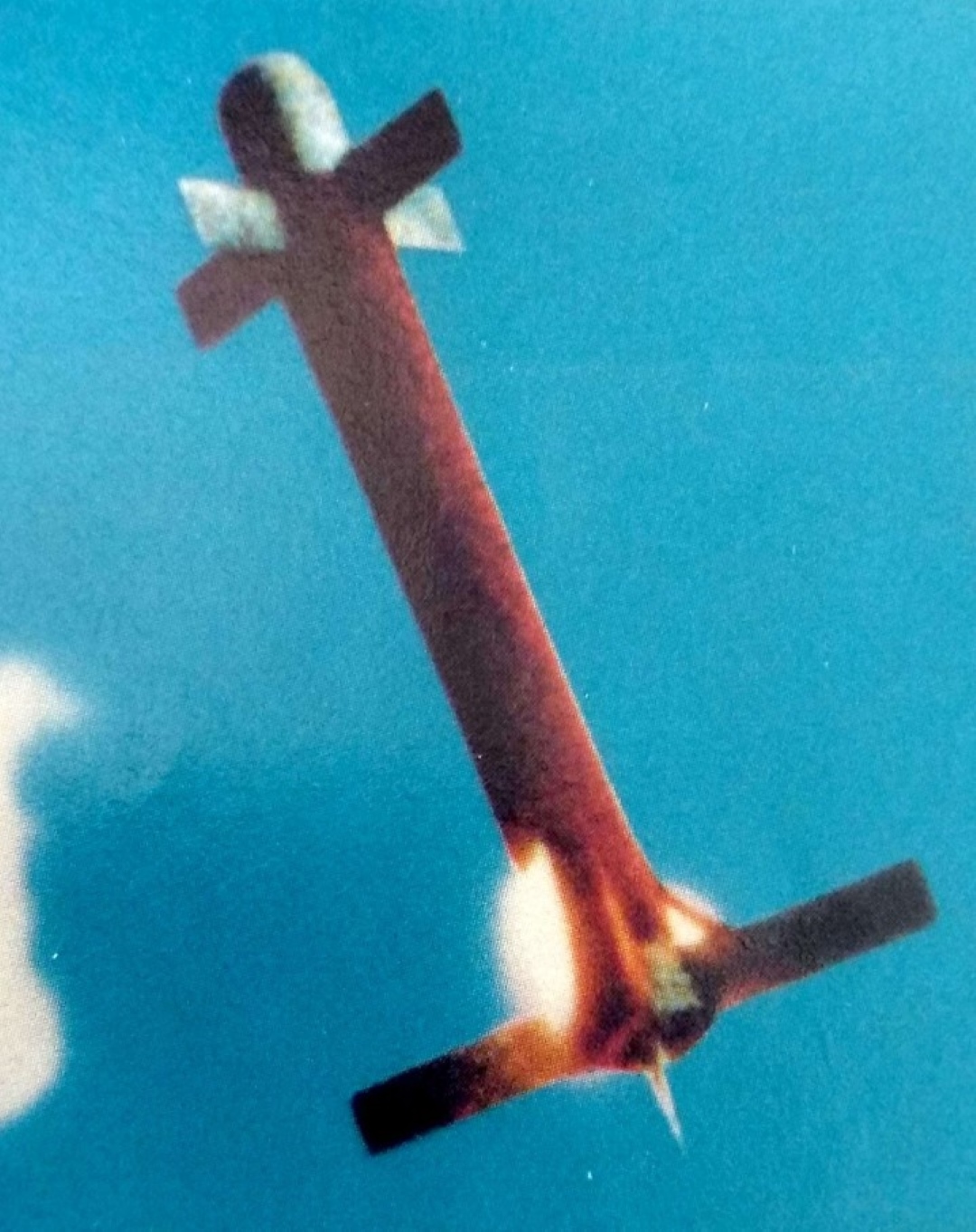
Japan, the XATM-4, leading to the Type 96 Multi-Purpose Missile System
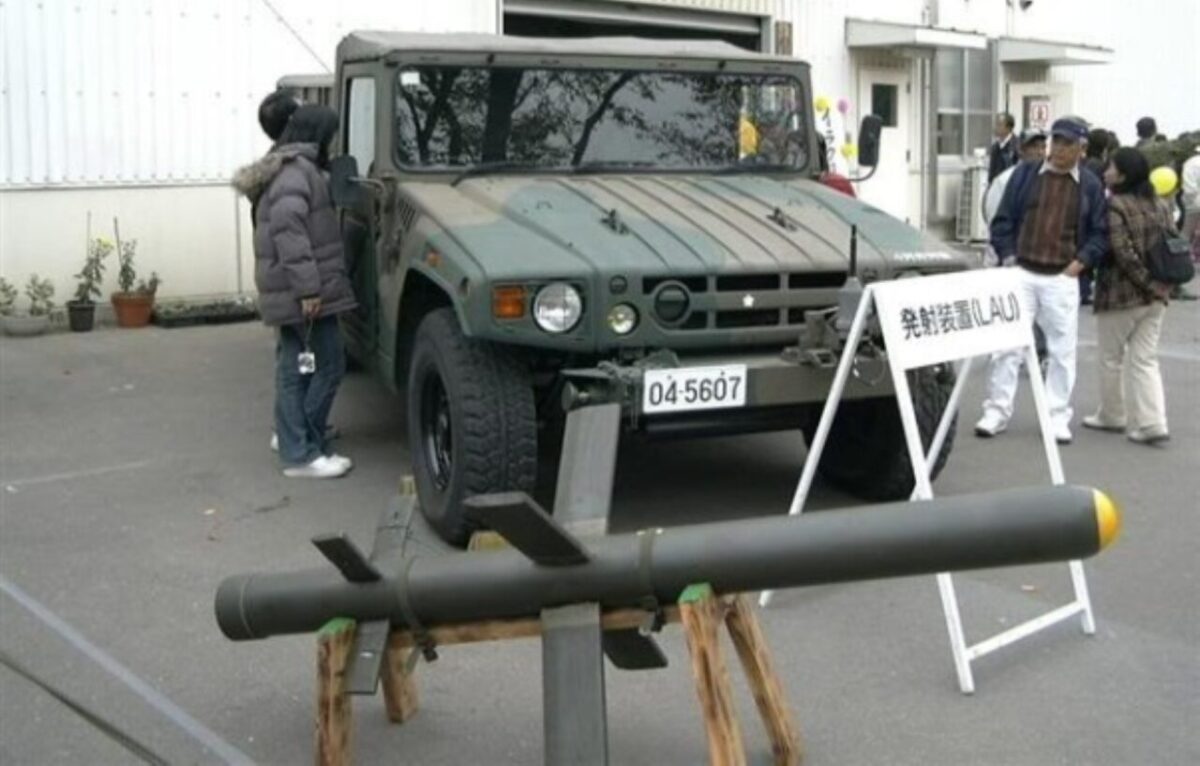
Spain, the Gyconsa MAC-ANI, did not progress.
Serbia also developed the Advanced Light Attack System (ALAS) in two versions, the ALAS-A with a range of 25 kg and the ALAS-B with a range of 60 km, both available from Yugoimport.
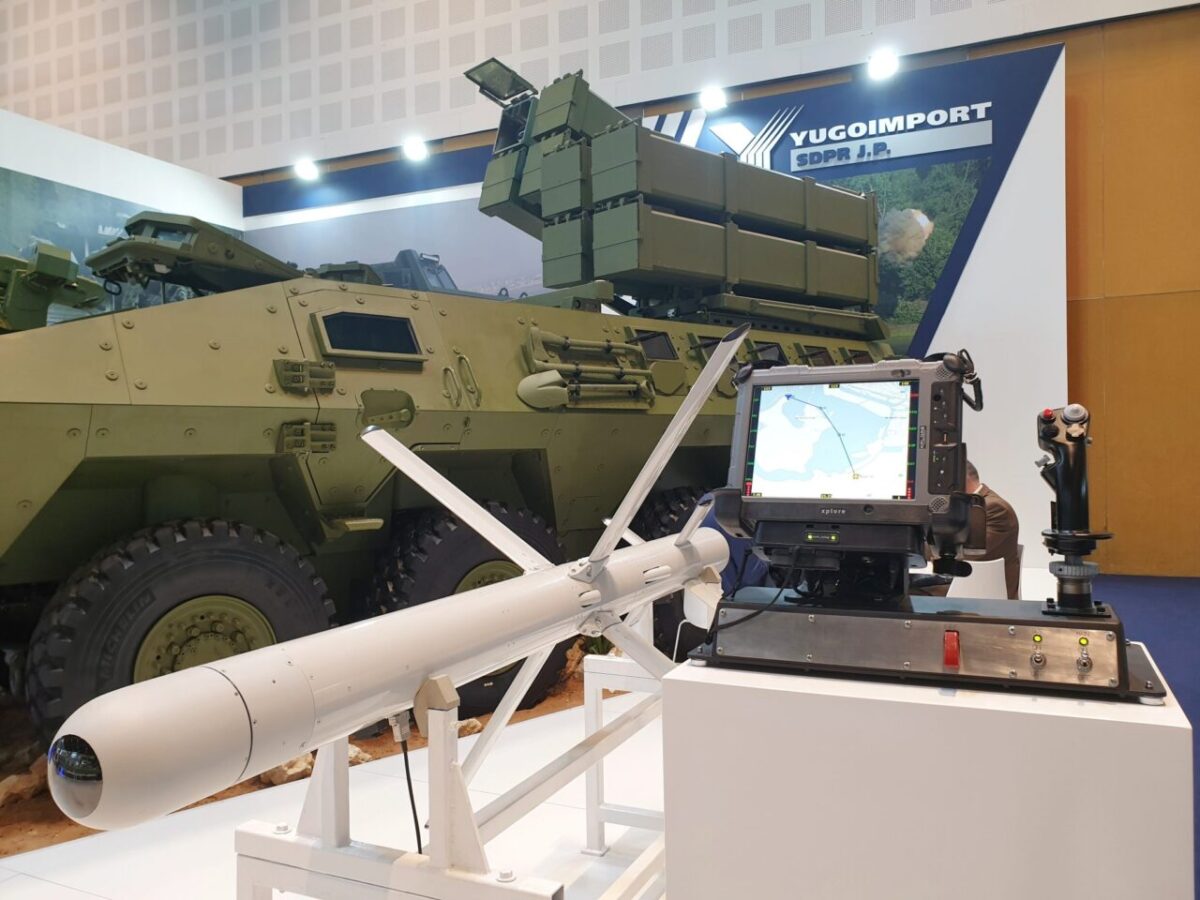
Summary
Like many programmes of the era, initial work from the late seventies and early eighties matured in the nineties, just in time for the end of the Cold War.
The change of threat, the subsequent reduction in funding, and the maturation of RF data links and autonomous seeker technology meant the concept of man-in-the-loop fibre optic guidance became mostly a footnote of history.
One of the problems for EFOG-M was a lack of clear sponsorship, the infantry didn’t want anything beyond 4 km, and the artillery could not see how it could be integrated into their command and control systems.
The Hellfire/Longbow combination eventually triumphed over EFOG-M for several reasons, including the ability to cover a much larger area, and superior guidance technology.
The US had another go at NLOS with their Netfires development, but that didn’t enter service either.
Polyphem was more capable, but it too ran out of enemies and cash.
Japan and Serbia persevered, with the former concentrating on using them in the anti-landing-craft role, and no doubt China has a version somewhere.
Non-emitting, 40-60 km range, ECM immune, decent sized warhead and a range of advanced seeker technologies meant in their day, they would have no doubt been effective.
It is also interesting to ponder how they might have performed in Ukraine, and how close they are to current requirements and systems like Land Precision Strike and Exactor.
Discover more from Think Defence
Subscribe to get the latest posts sent to your email.


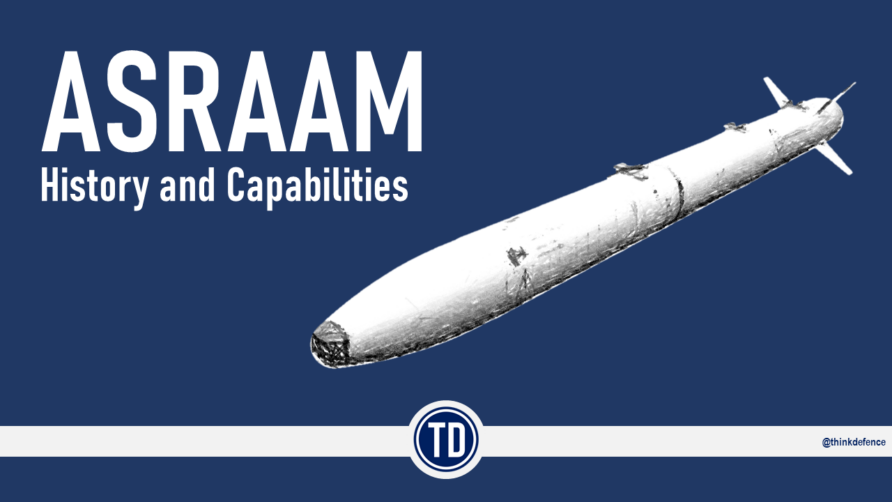
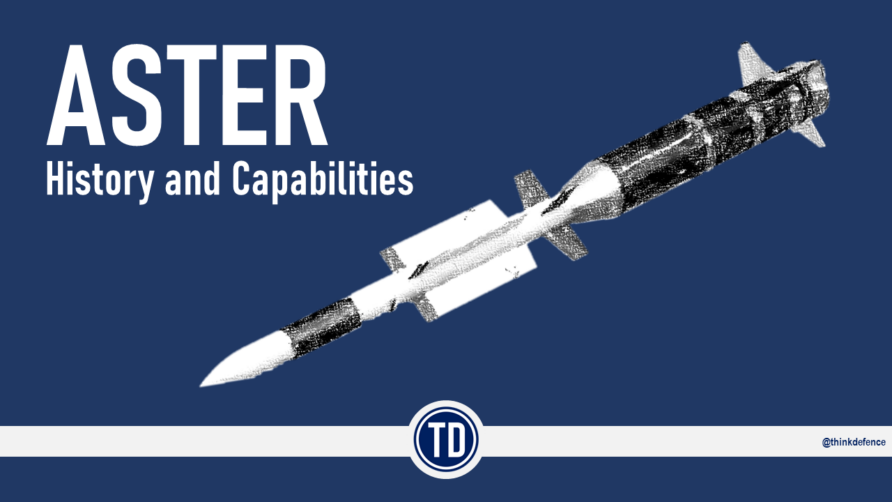
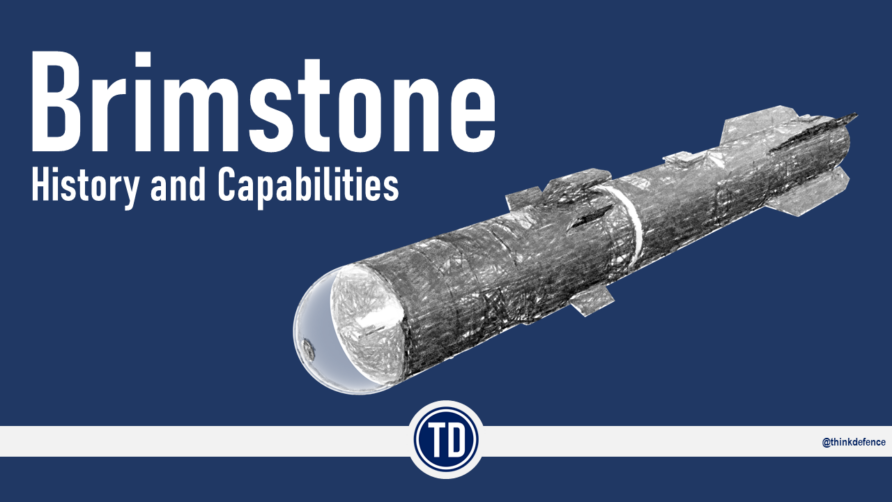
CM-501GA is the Chinese equivalent, paired with the CM-501XA loitering munition.
Basically a direct copy of the US XM-501 NLOS PAM and LAM.
https://www.janes.com/defence-news/news-detail/pla-set-to-adopt-new-tactical-missile-system
They also have the HJ-10 which, again, is a near copy of EFOG-M…
I think I read that it just became too expensive $500,000 a missile versus $100-$150 for a HIMARS rocket.
I liked its capability, but I think its been overtaken by drones to a large extent. The fiber optic wire is jam-proof- so that would be nice- but not for $500,000 for a 25 mile ranged weapon.
We could have just bought TOW 2 Missiles, which were in service at the time with the AAC.Instead we've got no LR ATGW only a project that will probably be cancelled once the funding is hoovered up by contracters and consultants.
I worked on the FOG-M program to tool the Huumvee mounted low fire unit and the Bradley for the high fire unit in 1989.